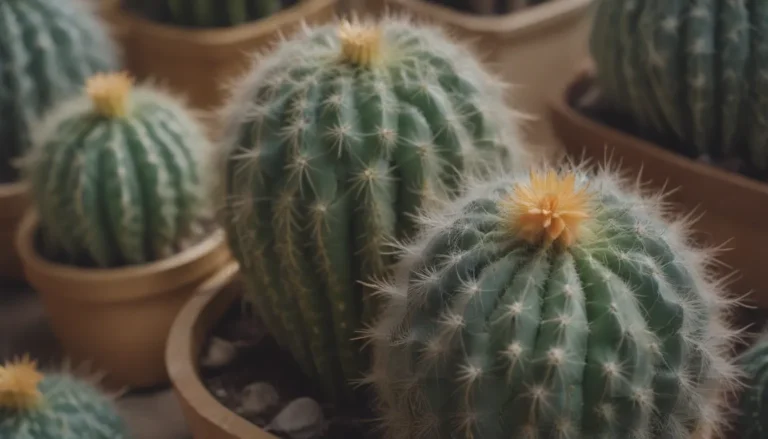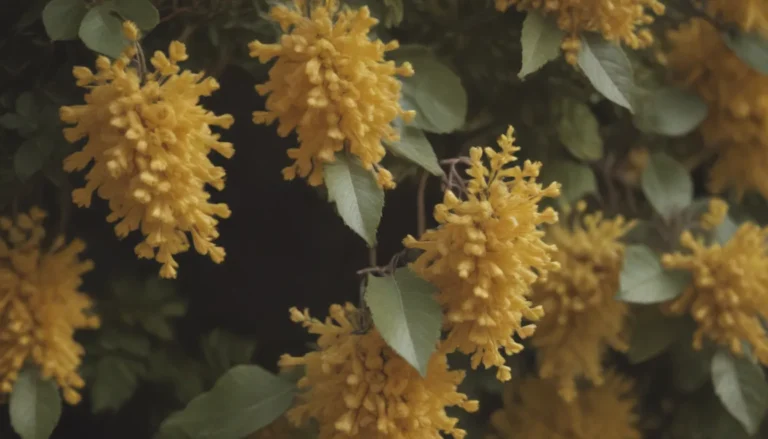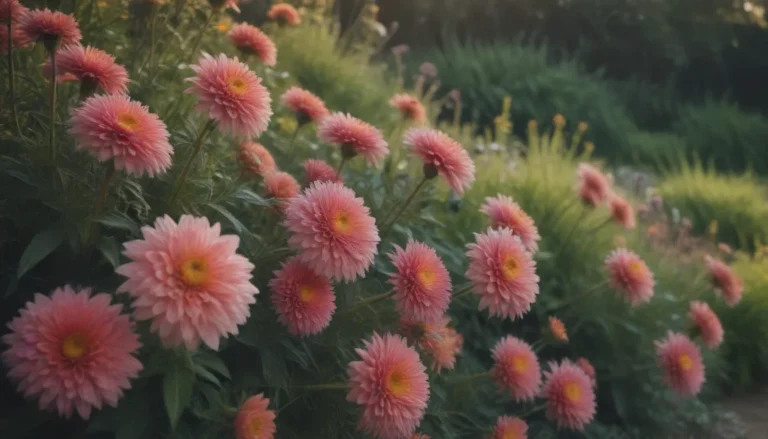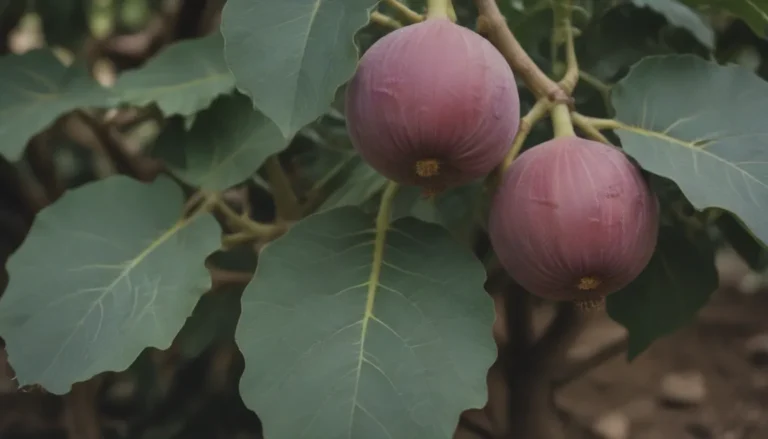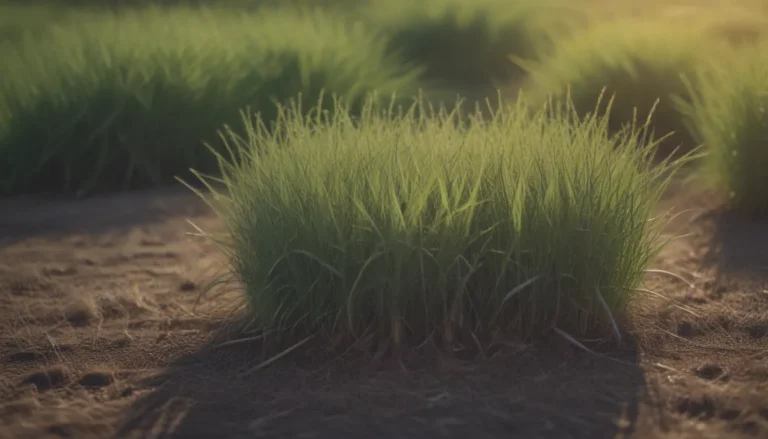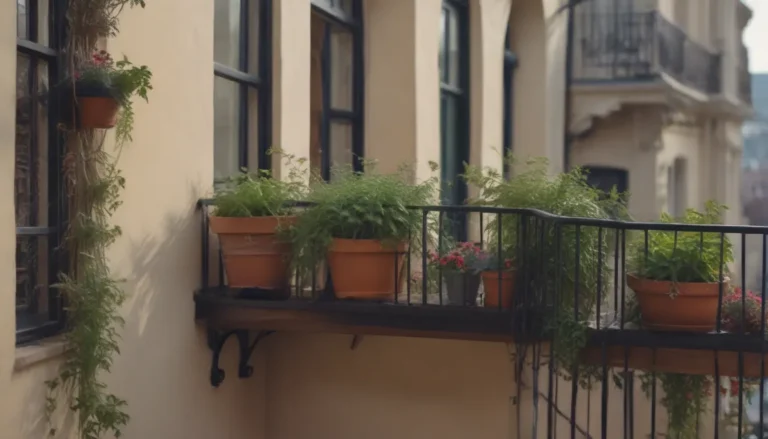Comprehensive Guide to Growing and Caring for Osakazuki Japanese Maple
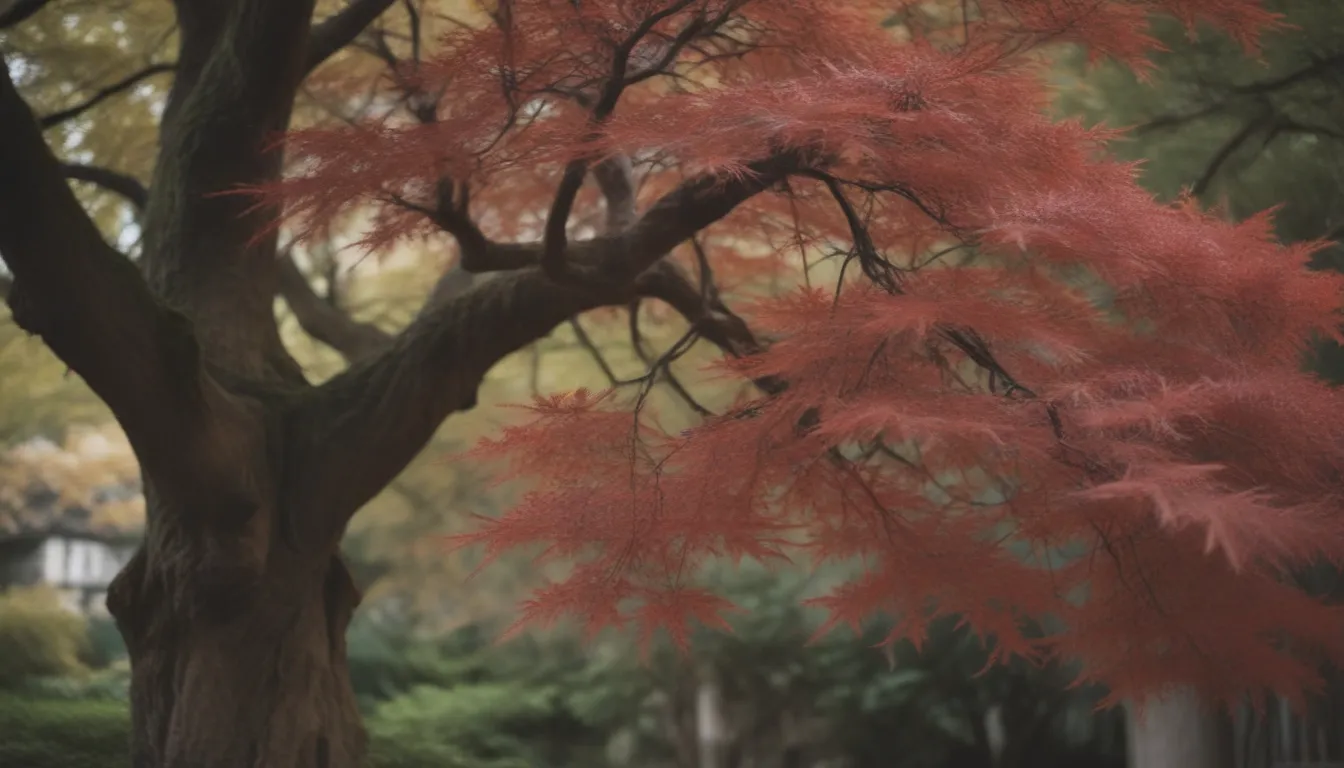
Are you looking to add a stunning and vibrant tree to your landscape? Look no further than the Osakazuki Japanese maple. Known for its graceful branches, beautiful leaves, and brilliant seasonal color, this cultivar is a favorite among gardeners. In this comprehensive guide, we will delve into everything you need to know to successfully grow and care for an Osakazuki Japanese maple in your garden.
Introduction to Osakazuki Japanese Maple
The Osakazuki Japanese maple is a cultivar that boasts a thrilling range of seasonal color. From bright green leaves in the spring to vibrant hues of orange and red in the autumn, this tree provides a long season of dependable autumn color, making it a standout in any landscape. Named for the shape of its cupped leaves, ‘Osakazuki’ means “a leaf like a wine cup” in Japanese.
With a maximum height of 20 to 25 feet tall and 10 to 15 feet wide, the Osakazuki maple is an excellent choice for smaller spaces or planting beneath larger trees with high canopies. With the right care, this tree can provide many years of beauty in your landscape.
Osakazuki Japanese Maple Care Tips
To ensure your Osakazuki Japanese maple thrives and continues to dazzle with its colorful foliage, it’s essential to provide the right care. Here are some key care requirements to keep in mind:
Light
The Osakazuki, like other Japanese maple trees, thrives in dappled shade but also requires a small amount of sunlight to produce vibrant leaf color. Morning sun is preferred over afternoon sun, and protection from harsh afternoon sunlight can help the tree flourish. Choose a location carefully to provide the best light conditions for your tree.
Soil
Osakazuki Japanese maple tolerates acidic soils, making it a good companion plant for other shrubs that prefer an acidic soil environment. Ensure the soil is well-drained and not heavy with clay. Keeping the soil consistently moist but not waterlogged is key for the tree’s health.
Water
Regular watering is essential for the Osakazuki maple, especially during hot, dry weather. Deeply water around the base of the tree at least once a week, and supplement with additional watering if there is a lack of rainfall. If the leaves show signs of wilting or crisping, a light spray from a hose can be beneficial.
Temperature and Humidity
The Osakazuki Japanese maple thrives in USDA Growing Zones 5-8 and may not do well in zones 4 or below, or 9 and above. Mulching around the roots can help protect the tree from cold temperatures in winter and regulate moisture retention during the growing season.
Fertilizer
Fertilizing the Osakazuki maple is beneficial, but it’s essential to do so at the right time and with the right type of fertilizer. Conduct soil tests before fertilizing to determine the appropriate fertilizer to use. Late winter and late spring are optimal times for fertilizing, using controlled-release fertilizers near the roots.
Pruning Tips for Osakazuki Japanese Maple
Japanese maples generally require minimal pruning, but some key tips to keep in mind include:
- Remove dead or broken branches.
- Avoid crowding by pruning branches that cross each other.
- Carefully shape the trunk early in the tree’s life.
- Be cautious not to expose too much bark or flesh to the hot sun during pruning.
Propagating Osakazuki Japanese Maple
While Japanese maple cultivars are typically propagated from grafts, you may notice seedlings sprouting around your established tree. These seedlings may not produce true-to-parent plants but can be grown in containers for a unique addition to your landscape.
Overwintering Tips for Osakazuki Japanese Maple
Japanese maples are hardy to Zone 5, but may not survive harsh winter conditions in lower zones. Providing winter care, such as planting in a protected location, can help your Osakazuki maple weather the cold, ice, and snow.
Common Pests and Diseases
Like other Japanese maples, the Osakazuki is susceptible to pests and diseases. From Japanese beetles to aphids and scale insects, keeping an eye out for signs of infestation is crucial. Insecticidal soap, neem oil, or synthetic pesticides may be necessary for severe infestations. Additionally, the tree is prone to cankers, wilt, powdery mildew, and other diseases that can impact its health.
Common Problems with Osakazuki Japanese Maple
In addition to pests and diseases, Osakazuki Japanese maple may face challenges such as winter damage and leaf crisping in hot, dry weather. Providing adequate water during heatwaves and removing damaged leaves can help the tree thrive. Remember that Osakazuki maples are slow-growing, reaching their mature height within 10 to 15 years.
When planting your Osakazuki maple, ensure it receives the right amount of sunlight and ample space to grow. As a rule of thumb, plant it at a distance from buildings equal to at least half the mature size of its canopy.
In conclusion, growing and caring for an Osakazuki Japanese maple can bring a touch of elegance and beauty to your landscape. By following these tips and guidelines, you can ensure your tree thrives and continues to showcase its stunning seasonal colors year after year. Happy gardening!
